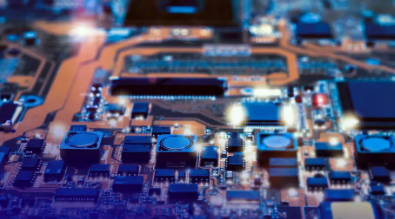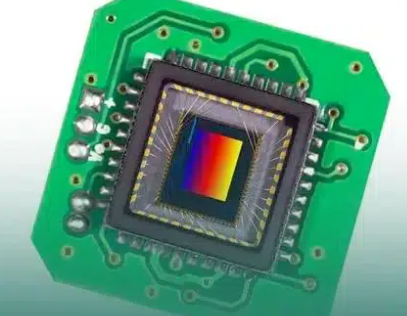- Ameya360 Component Supply Platform >
- Trade news >
- Chip Market Caps Record Year With Strong December Sales
Chip Market Caps Record Year With Strong December Sales
SAN FRANCISCO — Semiconductor sales again grew on both a sequential and annual basis in December, capping a record year in which the industry's total global revenue exceeded $400 billion for the first time.
The three-month moving average for chip sales totaled a record $38 billion in December, up 0.8 percent from November and 22.5 percent compared to December 2016, according to the Semiconductor Industry Association. December's sales brought the total for the year to $412.2 billion, up 21.6 percent compared to 2016, according to the trade group, which reports sales figures compiled by the World Semiconductor Trade Statistics (WSTS) organization.
Fourth quarter 2017 chip sales also set a new all-time high for semiconductor sales for the fourth consecutive quarter. Sales totaled $114 billion in the fourth quarter, up 22.5 percent compared to the fourth quarter of 2016 and up 5.7 percent compared with the third quarter of 2017, according the the WSTS, an organization made up of more than 55 semiconductor companies that pool sales data.
Chip sales started 2017 off strong and picked up steam all year long. The market was boosted by high average sales prices for memory chips amid a shortage. Memory revenue increased by 61.5 percent in 2017, with DRAM sales growing by a staggering 76.8 percent while NAND sales increased by 47.5 percent, according to WSTS.
John Neuffer, the SIA's president and CEO, said through a statement that the long-term outlook for semiconductors is boosted by the increasing number of products utilizing them.
"The global market experienced across-the-board growth in 2017, with double-digit sales increases in every regional market and nearly all major product categories," Neffer said. "We expect the market to grow more modestly in 2018."
The most recent WSTS forecast, released in November, calls for semiconductor sales to increase an additional 7 percent in 2018.
Online messageinquiry

Microsoft Unveils In-House AI Chip, Poised for Competitive Edge with a Powerful Ecosystem

What is digital chip? What is analog chip?
- Week of hot material
- Material in short supply seckilling
| model | brand | Quote |
|---|---|---|
| TL431ACLPR | Texas Instruments | |
| CDZVT2R20B | ROHM Semiconductor | |
| BD71847AMWV-E2 | ROHM Semiconductor | |
| MC33074DR2G | onsemi | |
| RB751G-40T2R | ROHM Semiconductor |
| model | brand | To snap up |
|---|---|---|
| STM32F429IGT6 | STMicroelectronics | |
| TPS63050YFFR | Texas Instruments | |
| ESR03EZPJ151 | ROHM Semiconductor | |
| BU33JA2MNVX-CTL | ROHM Semiconductor | |
| IPZ40N04S5L4R8ATMA1 | Infineon Technologies | |
| BP3621 | ROHM Semiconductor |
- Week of ranking
- Month ranking
Qr code of ameya360 official account
Identify TWO-DIMENSIONAL code, you can pay attention to


Please enter the verification code in the image below:
























